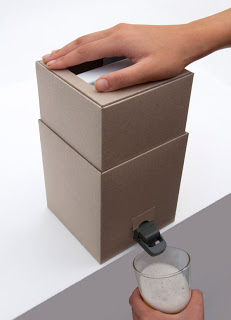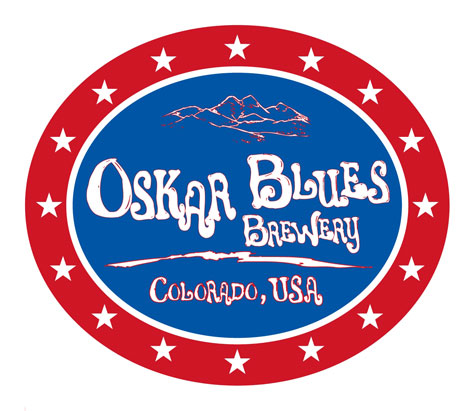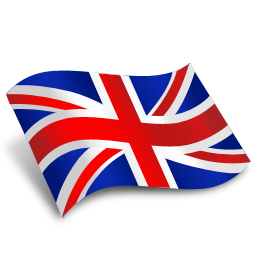Normally, I do all the posts on this here blog myself with the occasional help from Friends. But when I was contacted by Micromatic who sells all the equipment needed to get beer from keg to glass, well, I could not refuse to have them teach the class, as it were…..So, without further ado…..
Beer Line Cleaningg
Cleaning your beer lines is critically important to serving draft beers. Along with maintaining a constant temperature and pressure, proper cleaning is one of the main keys to ensuring that your draft beer is the same quality when it leaves your taps as it was when it left the brewer.
There are a few main culprits that can affect the taste and quality of the beer. Bacteria of various kinds can grow in beer lines, and though most of these varieties are not harmful they can affect the taste, color, and smell of the beer that goes through the lines. Yeast is another culprit—sometimes yeast comes from the brewing process of the beer itself, but more often it comes from the surrounding air. Mold comes in from the air too, and like yeast it can begin to grow on the faucets, keg couplers, and drains of your system—all the parts of the system that are exposed to the air. Finally, beer stone is a huge issue in the inner workings of the system. Beer stone comes from the calcium and oxalic acid that are natural components of the beer itself. As beer travels through the lines, it leaves deposits of Calcium Oxalate or beer stone, which can block the lines and flake off into the drink. Frequent cleaning of your beer lines means that none of these culprits will be able to spoil your pint.
All beer line cleaning involves three main steps. The first is to flush all the beer from the lines with clean water. The second is to clean the lines with an appropriate chemical solution, allowing the chemical to either soak or circulate through the system for 15 minutes. The final step is to then flush the chemicals from the lines with clean water before putting beer back into the lines.
Beyond these basics, the main differences in how to clean beer lines stem from which kind of a system you have. If you have a direct draw system, in which the keg is within six feet of the draw point, then you can use a static system in which you allow the chemical cleaning solution to soak inside the beer line. If you have a long draw system in which the line stretches up to 25 feet or more, you’ll need a line cleaning pump. The pump allows the cleaning solution to constantly circulate within the beer system, and is significantly more effective than static cleaning as long as the chemical solution remains in the system for 15 minutes or more.
As you clean your beer lines, it’s important to follow a few best practices. You should clean your entire system at least once every 14 days to ensure that your beer isn’t sharing space with bacteria. While you’re cleaning the lines, you should be taking off and cleaning the taps to keep them germ-free and shiny also. Once you’re done running the cleaning solution and you’ve rinsed your system out with clean water, test the water with pH paper to make sure that the water is really clean and the chemicals are gone. When you’re ready to start running beer through the lines again, throw out the first glass to come through the system as well. You don’t want to be wasteful, but you also want to make completely sure that none of your friends and patrons are inadvertently drinking cleaning chemicals either.
With these fairly simple steps, you can make sure that your beer lines are squeaky clean and ready to use. If you clean your beer lines often, you can ensure that the beer that comes out of your taps tastes exactly the way the brewer intended.
Diana Carlton is a writer for Micro Matic, the world’s leader in beverage dispensing equipment solutions. For everything from home kegerators to commercial beverage dispense systems, Micro Matic provides the highest standards and expertise in the industry. With institutions like Micro Matic’s Dispense Institute, the company is committed to providing leadership in beverage dispensing education and best practices.





